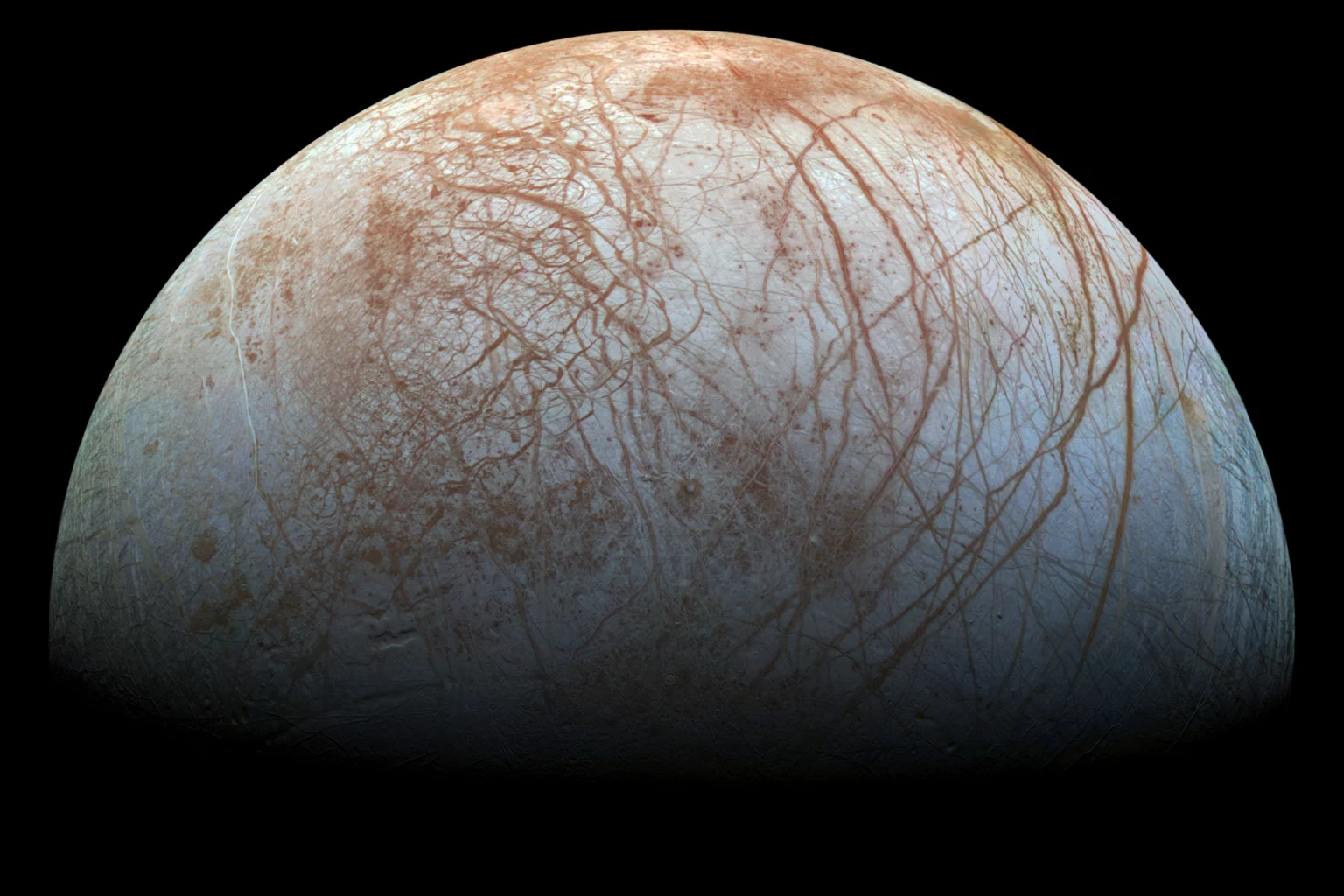NASA’s Juno spacecraft has recently provided breathtaking imagery of Jupiter’s volcanic moon, Io, as it conducted its nearest flyby of the celestial body to date. The spacecraft, currently orbiting Jupiter, ventured as close as approximately 22,060 miles to capture unprecedented details of Io’s surface, NASA announced on Tuesday.
Juno’s remarkable journey began on July 4, 2016, after traveling an astounding distance of 1.7 billion miles over the course of five years. Since its arrival at Jupiter, Juno has been diligently exploring the gas giant and its surrounding environment. The spacecraft’s polar orbit, lasting 53 days, extends from just above Jupiter’s cloud tops to the outer reaches of the Jovian magnetosphere.
During its mission, Juno has successfully executed over 50 flybys of Jupiter, covering a distance of more than 510 million miles. While primarily focused on investigating the interior of the solar giant, Juno has also gathered valuable data on three of Jupiter’s Galilean moons—Io, Europa, and Ganymede—as well as Callisto.
Of particular interest is Io, known for its intense volcanic activity, making it the most volcanic celestial body in our solar system. The gravitational forces exerted by Jupiter and the other Galilean moons constantly subject Io to compression and stretching, resulting in its dynamic geological features.
Juno’s instruments, including the visible light imager JunoCam, JIRAM (Jovian InfraRed Auroral Mapper), SRU (Stellar Reference Unit), and MWR (Microwave Radiometer), have been instrumental in studying the factors contributing to Io’s volcanic eruptions. By monitoring the frequency, intensity, and characteristics of these volcanic events, scientists hope to gain deeper insights into Io’s unique geology and its interaction with Jupiter’s powerful magnetosphere and auroras.
Scott Bolton, Juno’s principal investigator, expressed enthusiasm for the upcoming observations, stating, “We are entering into another amazing part of Juno’s mission as we get closer and closer to Io with successive orbits. This 51st orbit will provide our closest look yet at this tortured moon.” Further flybys scheduled for July and October will bring Juno even closer to Io, culminating in twin encounters in December of this year and February of the next, when the spacecraft will approach within a mere 1,500 kilometers of Io’s surface.
The captivating imagery captured by Juno showcases Io’s otherworldly landscapes, marked by fiery volcanic eruptions and intricate patterns of lava flows. These close-up views of Io serve as a testament to the technological prowess and scientific significance of NASA’s Juno mission, shedding light on the complex dynamics of Jupiter’s mesmerizing moon.
As Juno continues its exploration of Jupiter and its fascinating moons, scientists anticipate further discoveries and revelations that will enhance our understanding of the solar system’s largest planet and the celestial bodies in its vicinity. With each flyby, Juno pushes the boundaries of knowledge, unraveling the mysteries of our cosmic neighborhood one extraordinary image at a time.




